Compared to stand-alone detached houses, renovating a condominium can be quite complicated, as there are several rules and regulations to follow.
These rules are put in place by the condo management company, and it is important to be aware of them when planning any condo renovation project. This guide aims to help you learn all about the rules and regulations that guide any condo renovation in complete detail.
Condo Renovation vs House Renovation
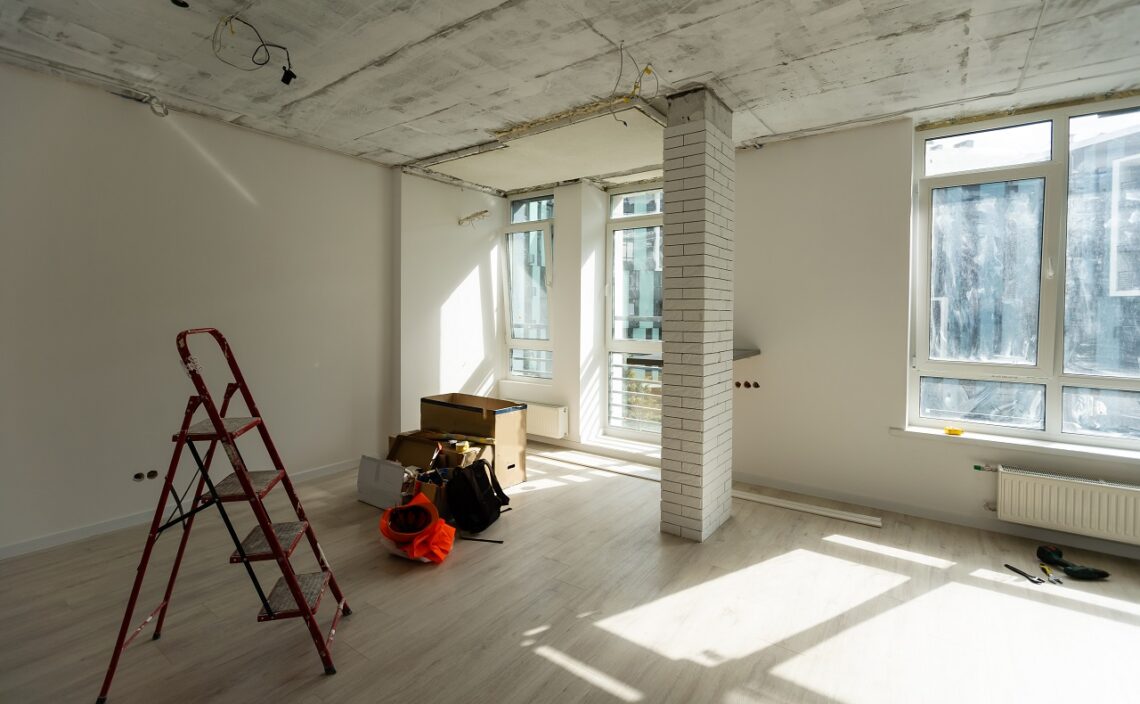
Renovating a condo is different from renovating a house in many ways. Firstly, a condo unit is surrounded by similar units on almost all sides. This means that investments, like renovation projects, will affect them. That is why there are rules to ensure neighbors are not disturbed by such activities.
Generally, these rules are much stricter than those for stand-alone houses. For instance, any condo renovation activity may only be undertaken between specific periods on weekdays. There may also be rules that govern how new building material is brought in for the project and how waste material is removed.
Some rules often mandate that elevators and hallways be kept clean, and similar rules may be in place regarding deliveries, parking arrangements, and booking of elevators. Violations generally result in fines or other penalties.
Condo Renovation Rules – Authority In Charge
When renovating a condominium, you must obtain permission from the condo board or management. A condo management authority, also known as the Homeowners’ Association (HOA), is responsible for running and managing the condo corporation.
The HOA puts in place certain rules and regulations regarding changes to the condos, including renovations that all residents have to follow. Such regulations may also require obtaining certain permits before renovation work begins. The rules can vary from one condo corporation to another, and they may be simple in some cases and complicated in others.
It is important to familiarize yourself with and properly communicate the rules to the contractors. This can help ensure the renovation goes as smoothly as possible. Also, it is vital to understand that condo renovation rules established by the HOA differ from those put in place by the municipal corporation.
Municipal Permissions vs HOA Permits
When it comes to condo remodeling and renovations, HOAs generally have CC&Rs (covenants, conditions, and restrictions) in place that all residents have to follow. These rules specify the activities that condo owners are allowed to undertake regarding any renovation project. They are in the form of a legal agreement between the HOA and the condo residents.
In contrast, municipal permits need to be obtained from the municipal corporation of the area. These may apply to a certain state, county, or city, and such permits may be needed not only for condos but also for other types of structures.
Municipal Permits Needed For Condo Renovations
A condo remodeling project may require municipal permits in certain cases. Generally, such permits are required when the remodeling process is similar to that of a single-family house, but there can be exceptions. For instance, a municipal permit is usually unnecessary when replacing a kitchen floor in a single-family house since that does not affect the safety or hygiene of the house.
However, certain municipalities may need a permit for such scenarios. One such example is the city of Minneapolis, where condo owners need a municipal permit to replace the carpeting of their condominium with ceramic, stone, wood, or other hard flooring. Furthermore, a sound mat needs to be installed below the flooring.
HOA Permits Needed For Condo Remodeling
A condo is different from an apartment, and for any HOA, the welfare of the entire condo community is more important than the individual units. Because of this, CC&Rs restrict any structural changes or alterations made by any condo owner to their unit. Not only that, but HOAs may even determine the type of changes allowed when a resident plans to remodel the interior of their condo.
This can happen if the changes affect the integrity of the overall structure, such as installing a kitchen floor whose weight is a cause for concern. Another major factor that HOAs consider when framing rules is noise, which can often lead to conflict between condo owners.
Then there is the common property that is to be shared by all residents, such as the power supply and plumbing. HOAs have to frame rules to ensure the common property is shared by all residents equally.
Renovation Projects Where HOA Approval Is Required
The HOA board usually publishes a list of the type of renovations allowed and the type that needs permission. It may be published on the board website, or you can obtain it from the board representative. Building permits may be needed for major renovations but not cosmetic changes, such as changing the bathroom sink.
But for projects like altering your bathroom layout, hiring a certified plumber who can provide details, such as their license and insurance, to the board is required. Similarly, any electrical changes have to be performed by a licensed electrical contractor. Such renovation projects also require pre- and post-inspections.
HOA approval is required when the renovation process involves:
- Aesthetic changes affecting the exterior
- Plumbing or electrical alterations
- Finish flooring
- Changes to ceilings and columns
- Structural floor
- Altering the exterior or interior walls
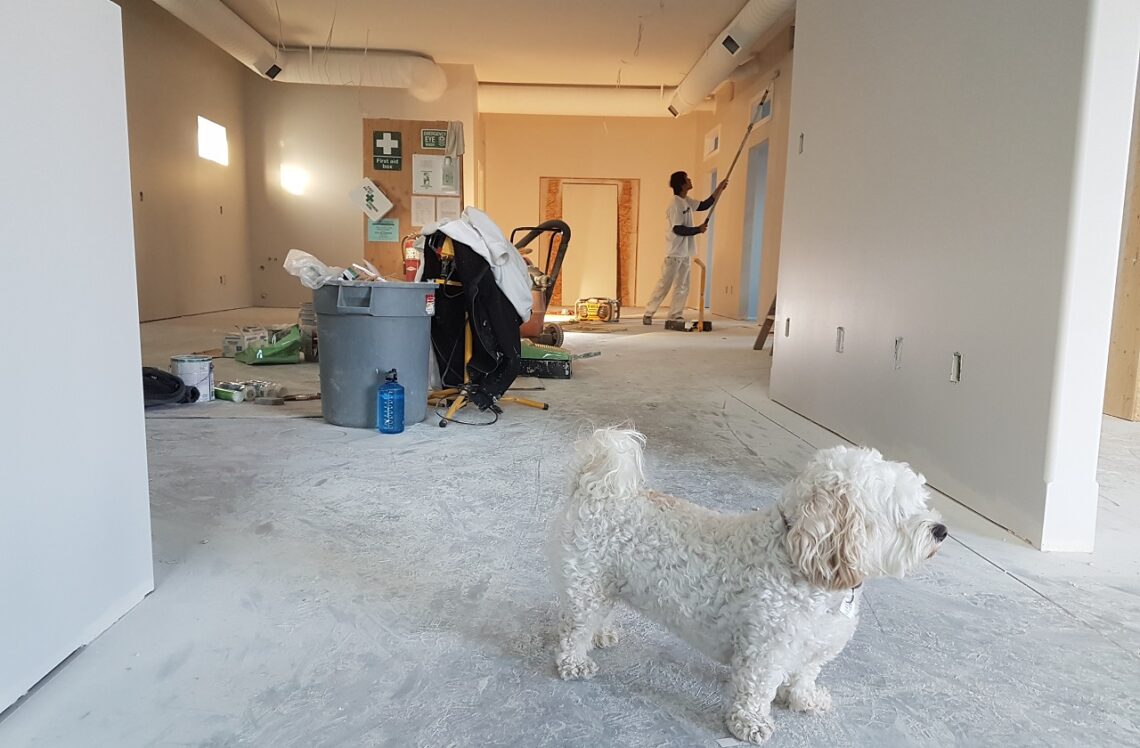
Regions Where Special Condo Renovation Rules Apply
Laws and regulations regulating condo renovations vary between various regions of the US, and some states have special rules, which include the following:
1. California
While California has strict regulations and building codes, certain cities in the state have additional restrictions that need to be met when undertaking a condo renovation.
2. New York
New York City also has its own permits and regulations regarding condo renovations. For instance, there are two types of work permits provided here, one for structural modifications and another for non-structural changes. You also need to file the plans with the Department of Buildings.
3. Florida
Some parts of Florida, like Miami-Dade County, have specific regulations for rules governing condo renovations.
4. Illinois
Special rules regarding condo renovations are in place in Illinois, especially for older buildings.
5. Massachusetts
The state of Massachusetts has established certain rules that protect condo owners during renovation projects.
6. Washington, DC
The capital of the US also has its own rules and permits for condominium renovations. Here, condos are classified into older buildings, luxury condos, and new units. Rules include restrictions on working hours, waste removal, material deliveries, etc.
7. Hawaii
Hawaii has special rules governing renovations, especially for properties located near the coast.
8. Arizona
Another state with its own set of rules for condo renovations is Arizona, which has enacted the Arizona Condominium Act, which governs all aspects of condos. These include the creation of condominiums, their administration, and alterations allowed.
9. Minnesota
Cities like Minneapolis in Minnesota have their own set of regulations when it comes to condo renovations. Like Arizona, Minnesota has its own Minnesota Condominium Act. This requires a condo owner to obtain permits for structural changes like adding or removing walls or constructing or removing stairways, etc.
Removing Walls In A Condo
Since removing the walls in your condo unit is a structural change, permission from the HOA is required before it can be done. Removing a wall in such a unit means the floor plan has to be changed. This is because condo walls are shared between multiple units, unlike a stand-alone house. So, any changes to the walls will impact the entire building.
While this does not mean that such alterations are not allowed, you need to plan in advance and obtain the required permissions before making them. That said, sometimes the HOA may not provide permission to remove your condo wall if doing so can cause damage to the building or affect its integrity.
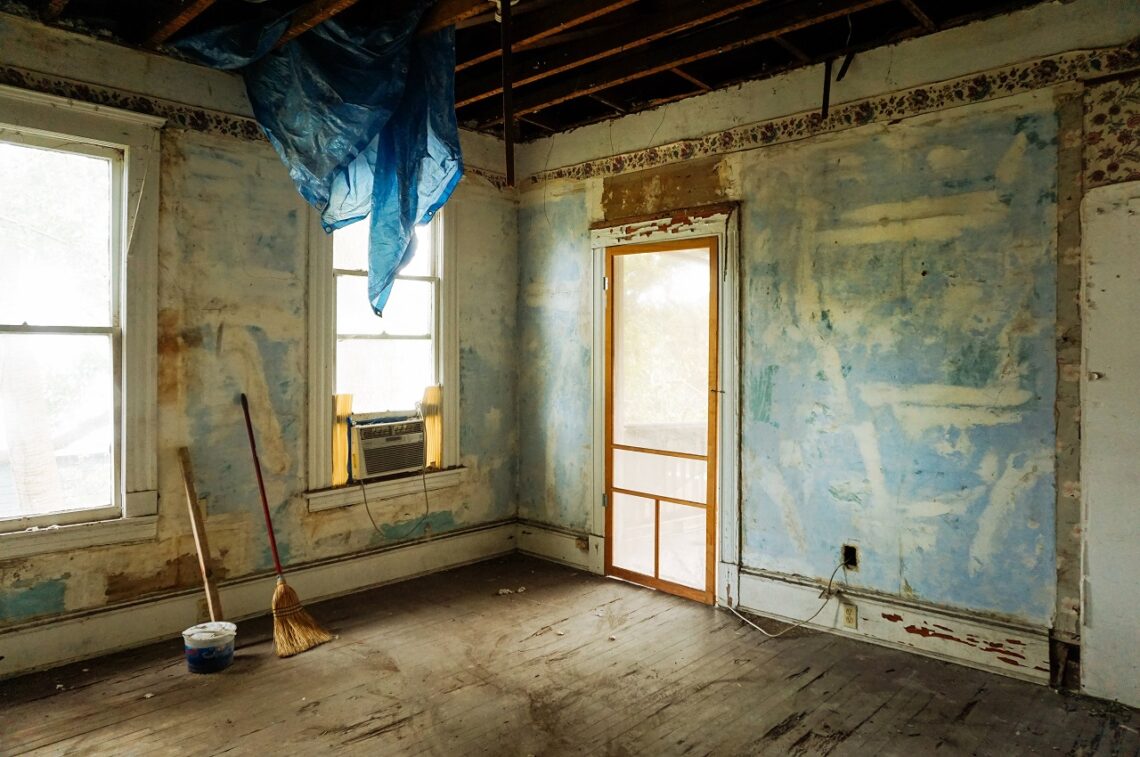
Determining Whether A Wall Is A Load-Bearing One
One of the main factors that determine whether a wall can be removed is whether it is a load-bearing wall or not. Load-bearing walls are those that provide support to the roof or the floor of the unit on top. Removing them requires alternate arrangements to provide support, such as through beams or columns.
On the other hand, partition walls are generally non-load-bearing ones and may be removed comparatively easily. To determine whether the wall can be removed, you should consult professional engineers or architects, but knowing about the types of walls can help.
Wall Types
1. Partial Walls
Partial walls may be load-bearing and may not always be partition walls.
2. Exterior Walls
These walls are always load-bearing and support various floors and the roof structure. They also have openings for doors and windows.
3. Stone Masonry Or Brick Walls
Walls made of stone masonry or brick are exceptionally strong and are usually load-bearing, especially when present as exterior walls.
4. Foundation Walls
Foundation walls provide support to the entire building and are load-bearing walls.
Renovation Projects Where HOA Approval May Not Be Needed
While consulting the HOA board when renovating your condo is highly recommended, some projects may not require their approval. These can include:
- Installing new kitchen and other cabinets
- Installing new floors similar to existing ones
- Replacing sink, bath, or shower fixtures
- Replacing switches, outlets, or lighting fixtures
- Repairing or replacing window or door casings
- Replacement of baseboards
- Crown molding
- Painting interiors
Renovating An Older Unit Vs Purchasing A New One
Both old and new condo units have different advantages and disadvantages. While older ones may not have the most modern appearance, they tend to be more spacious; newer units, on the other hand, look much better but may have less space. For renovations, an older unit might be a better choice.
However, one factor to keep in mind is the plumbing. Condo owners are usually required to change the plumbing if it is very old, which can be quite expensive. So, consider that before making a decision.
Condo Renovation – Hiring A Contractor Vs DIY
If you’re wondering whether to undertake a condo renovation project yourself or hire a contractor, it is better to go with the latter option. Contractors offer several benefits, such as using higher-quality materials, offering discounts and reasonable pricing, and having considerable expertise regarding such projects.
Renovating Condos To Offer The Greatest Comfort And Resale Value
When planning a renovation project, consider the value of similar units, what work was undertaken to improve them, and how much they sell for. These factors can provide enough information to help you determine which type of renovation is most suitable.
For instance, a unit selling for a moderate price can have a porcelain finish, while marble would be better for a high-end one. If you have a limited budget, focus on cosmetic changes, like replacing the countertop or cabinets.
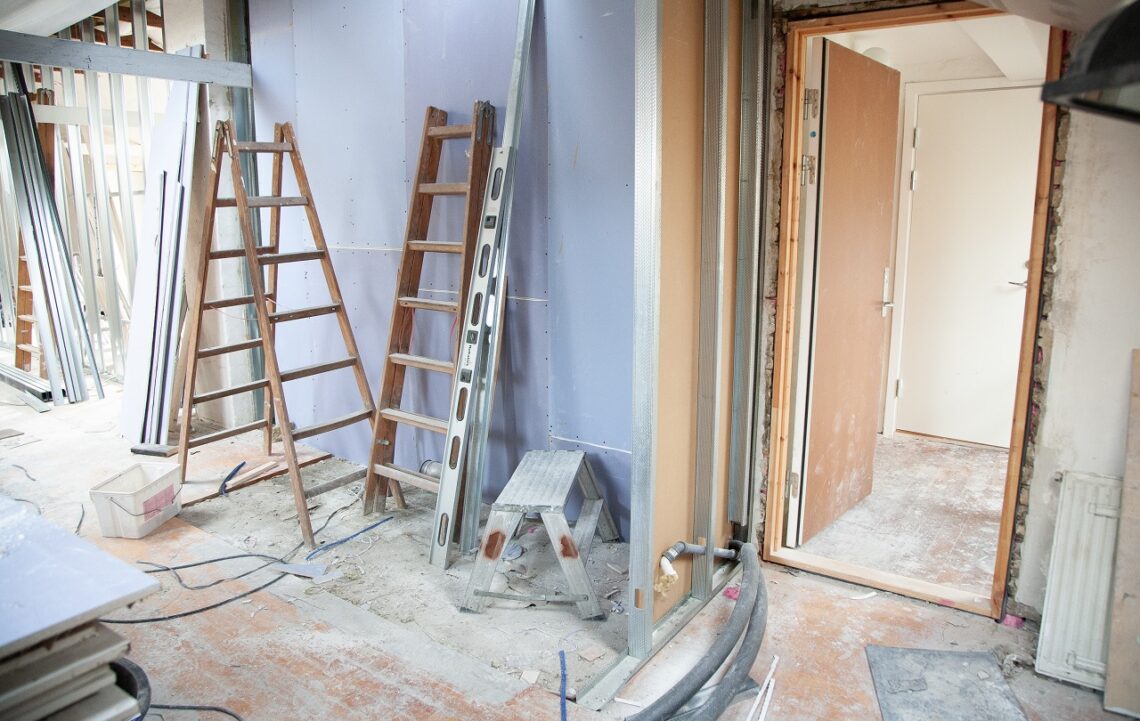
Factors To Consider When Renovating A Condo
Here are a few things to keep in mind when renovating a condo:
1. Condo Rules And Regulations
Since condo renovations are governed by the rules put in place by the HOA or management board, you should be aware of them before starting any such project. Proceeding with the renovation without considering the rules can lead to problems later on. Remember that while such regulations can reduce distractions and disturbances for neighbors, they can slow down the project considerably.
So, consider adding around two months to the expected timeline for the project to finish.
2. Renovation Purpose
Which approach you take for the renovation will depend on the purpose for which the condo is being renovated. You may be renovating the condo to increase its rental or resale value or to make it more comfortable for residential purposes. In some cases, it may be possible to achieve both objectives, but usually, the process followed will be different depending on the purpose.
For instance, you can consider the period for which you will occupy the unit and renovate it accordingly. For a smaller stay, the renovation can utilize pieces that can be removed later on instead of permanent fixtures. Alternatively, if the renovation is being done for resale purposes, it might be better to focus on the essential things while skipping the rest.
Worthwhile investments may include door hardware, tiling, flooring, bathroom fixtures, etc.
3. Project Limitations
Since condos share walls with other units, the changes that can be made may be limited. You may be unable to remove certain walls and columns or make other changes, so it is highly recommended to consult an expert before starting the project.
4. Focus On Aesthetics
As with walls, moving certain fixtures, such as those in the bathroom, might not be possible. Even if that is possible, it can be extremely costly. So, it is better to focus on aesthetics by using different decorative elements, like finishes, to make the space appear more attractive.
An excellent idea is to use a minimalist or glass shower curtain with white tiles and fixtures and a bold vanity for contrast.
5. Utilize Dropped Ceilings
If your condo has a cement ceiling, which is quite common, it can be impossible to drill into it. That is why many units have dropped ceilings, making installing new fixtures, such as those for lighting, easier. Other fixtures, such as hood fans, can also be easily installed on ceilings.
6. Build Up
Removing existing molding and installing a new one can require a lot of effort, resources, and time. So, if you’re planning to replace them, use a backband to build on top of the existing molding. This will eliminate the need to tear down the old molding and can help make the space feel attractive.
7. Have Flexibility
You may already have decided on the details regarding the renovation project, but being flexible and open to changes is recommended. Some requirements, such as a king-size bed, may not be suitable for a tiny space, but opting for a smaller option can help you out in such circumstances.
8. Paint According To Preferences
Condo owners are often concerned about painting the interiors as they worry about whether the next owner may find the paint suitable. However, you should focus on your current preferences instead of worrying about future owners. It is always possible to paint the interiors in a different color when it is time to sell the unit.
9. Take Help
Working with a third party, such as a tradesperson or a designer, can be very beneficial when renovating your condo. They can assist in various ways, such as coordinating deliveries, which can help reduce the number of trips and elevator bookings required.
10. Avoid Living In The Condo During The Renovation
It is a good idea to avoid living in the space where the renovation is going on. You can stay at a temporary residence or with friends or family for the duration of the project. This can help reduce stress and provide greater satisfaction when the renovation is complete.
That is also why you should consider renovating the unit before moving in. Work can be completed much faster if you do not need to worry about appliances, clothing, and other things getting damaged. Renovating while residing in the space will require much more effort and planning.
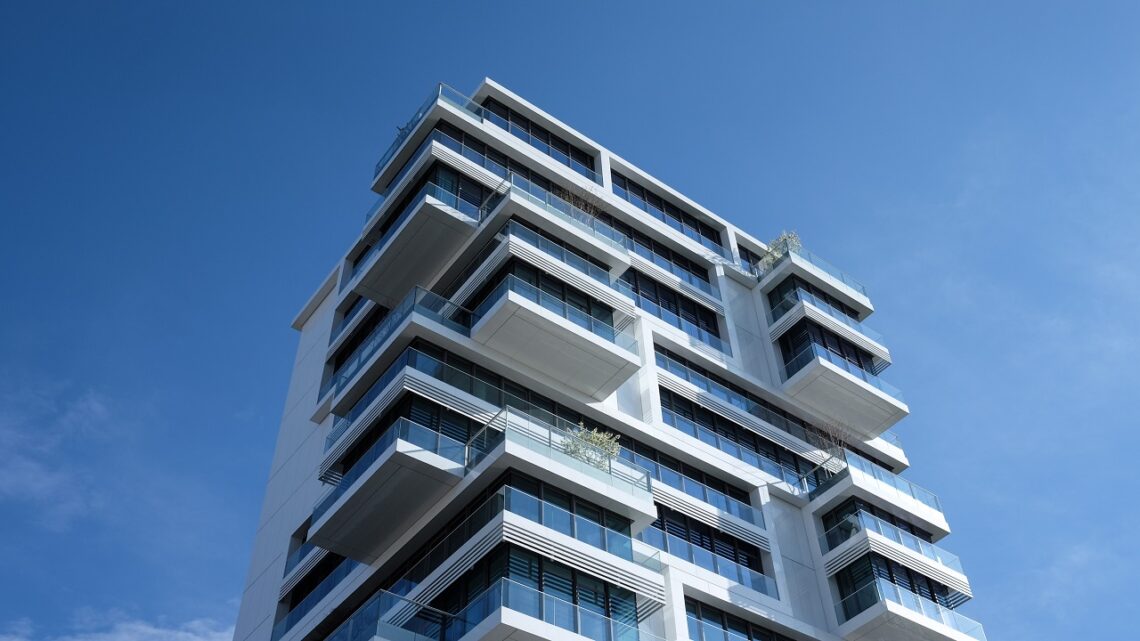
Conclusion
Renovating your condominium is an excellent way of improving its value and level of comfort. However, the rules regarding renovations and remodeling for such units can be quite stringent, depending on the management authority. So, learning about the rules can be quite helpful and help avoid a lot of hassle when undertaking such a project.
Just remember that the rules can vary between different corporations, so what may be allowed in one community may not be permitted in another. That is why it is best to consult the HOA or its representatives before planning renovations.


